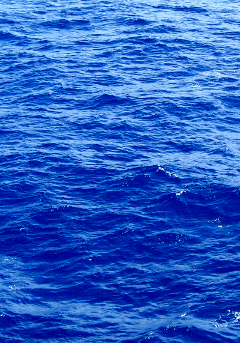High sea deal reached
 A new deal significantly expands protected areas of the world’s oceans.
A new deal significantly expands protected areas of the world’s oceans.
More than 100 countries, including Australia, have reached a legally binding pact to protect the high seas, which environmental groups say is a long-awaited step in reversing marine biodiversity losses and ensuring sustainable development.
The agreement was made after five rounds of protracted UN-led negotiations, which ended in New York on Saturday.
The treaty is seen as a crucial component in global efforts to bring 30 per cent of the world’s land and sea under protection by the end of the decade, a target known as “30 by 30” agreed in Montreal in December.
Economic interests were a major sticking point throughout the negotiations, with developing countries calling for a greater share of the spoils from the “blue economy”, including the transfer of technology.
Greenpeace says 11 million square kilometres of ocean needs to be put under protection every year until 2030 to meet the target.
Very little of the high seas is subject to any protection, with pollution, acidification and overfishing posing a growing threat.
Countries must formally adopt the treaty and ratify it quickly to bring it into force.
The Australian Marine Conservation Society, The Pew Charitable Trusts and the Save Our Marine Life alliance have welcomed the treaty.
The World Wide Fund for Nature also welcomed the news, saying; “What happens on the high seas will no longer be ‘out of sight, out of mind’”.







 Print
Print